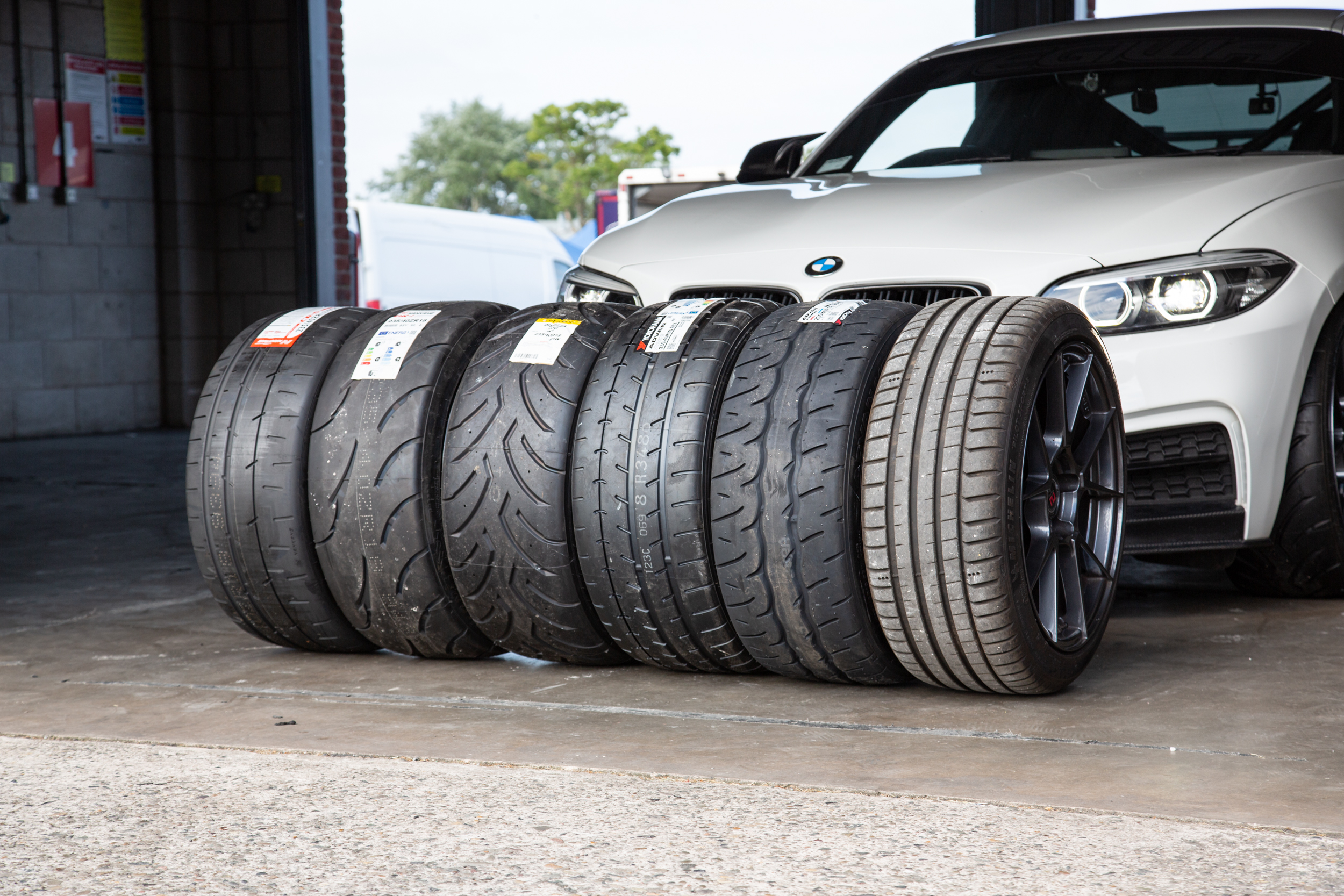All Categories
Featured
Table of Contents
The Michelin supplied a comfortable driving experience, qualified by receptive guiding and a modern understeer balance. In spite of the cooler screening conditions, Michelin's constant time and grip over three laps suggests its suitability for real-world applications. Alternatively, Yokohama's performance was distinct. While its super-quick guiding caused a fast front axle turn, the back revealed a tendency to turn much more.
Another significant facet was Yokohama's warm-up time. The tyre's initial lap was a 2nd slower than the second, indicating a temperature-related grasp increase. This suggests the Yokohama could radiate in completely dry, race-like conditions. For day-to-day use, the Michelin may be a safer wager. Successor was the Hankook.
Affordable Budget Tyres Near Me – Brabham
It shared Michelin's risk-free understeer balance yet did not have the latter's determination to turn. Continental and Goodyear's efficiencies were significant, with Continental's brand-new PremiumContact 7 showing a substantial renovation in wet conditions contrasted to its predecessor, the PC6. This design was far much less sensitive to pack modifications and acted similar to the Michelin, albeit with somewhat much less interaction at the limit.
It integrated the safe understeer balance of the Michelin and Continental with some flashy handling, proving both predictable and fast. As an all-rounder for this Golf GTI, Goodyear's Crooked variety was the standout, showing outstanding efficiency in the wet. The Bridgestone Potenza Sport took the crown as the fastest tire, albeit by a tiny margin.
This tire obtained grippier as it heated up, similar to the Yokohama. Chauffeurs seeking an exciting wet drive could find this tire worth considering. The standout performer in damp stopping was the newest tyre on examination, the PremiumContact 7, though the results are nuanced. We carried out damp braking examinations in 3 different methods, twice at the new state and once at the used state.
Top Performance Tyres
Ideally, we desired the cold temperature test to be at around 5-7C, however logistical hold-ups suggested we examined with an ordinary air temperature level of 8C and water at 12C. While this was cooler than typical test problems, it was still warmer than real-world problems. The warm temperature level test was done at approximately 18C air and 19C water.
The 3rd run involved wet stopping tests on worn tires, especially those machined to 2mm with a small confrontation. While we intended to do even more with these used tires, climate restrictions restricted our screening. It's worth noting that damp stopping is most essential at the used state, as tires typically enhance in dry problems as they put on.

Bridgestone, Goodyear, and Michelin saw the least performance decrease when used. The Hankook tire signed up the smallest efficiency decline as temperature levels cooled, but it was amongst the most influenced when used.
Leading Tyre Packages Near Me – Brabham
The take-home message here is that no single tire excelled in all facets of damp stopping, suggesting an intricate interplay of elements influencing tyre performance under different conditions. There was a standout tyre in aquaplaning, the Continental ended up top in both straight and bent aquaplaning, with the Michelin and Goodyear likewise excellent in much deeper water.

Yokohama could benefit from somewhat even more grasp, a concern possibly influenced by the cooler problems. As for taking care of, all tires executed within a 2% variety on the lap, showing their top quality performance (Tyre upgrades). Nonetheless, considering these tires basically target the very same client, it interests observe the substantial distinctions in feeling.
The shock is due to the fact that the PremiumContact 6 was among my favourites for stylish completely dry drives, yet its successor, the PremiumContact 7, appears elder and appears like Michelin's efficiency. Among these, Hankook was the least exact in steering and interaction at the restriction. Performance tyres. Both Michelin and Continental offered beautiful preliminary steering, albeit not the fastest
If I were to advise a tyre for a quick lap to a novice, claim my papa, it would be among these. Then we have the 'fun' tires, namely Yokohama and Bridgestone. Both were swift to steer and felt sportier than the others, however the compromise is an extra lively back side, making them much more challenging to deal with.
Top High-quality Tyres Near Me
It offered comparable guiding to Bridgestone however provided better comments at the limit and much better hold. The Bridgestone Potenza Sporting activity, nevertheless, seemed to break down quite swiftly after simply three laps on this requiring circuit. Finally, there's Goodyear, which placed itself somewhere in between the enjoyable tyres and those having a tendency towards understeer.
All in all, these tyres are exceptional entertainers. In terms of tire wear, the method used in this examination is what the market refers to as the 'gold standard' of wear.
Both the Bridgestone and Yokohama tires substantially underperformed in comparison to the other four tyres in terms of rolling resistance, with Continental slightly surpassing the remainder. Relating to the comfort degree of the tyres, as prepared for, a lot of demonstrated an inverse connection with handling. The Continental, Michelin, and Goodyear tires carried out ideal across various surface area kinds examined.

Bridgestone began to reveal signs of suppleness, while Yokohama was particularly jarring over pits. We did determine interior noise degrees; however, as is frequently the case, the results were closely matched, and because of weather constraints, we were unable to perform a subjective evaluation of the tires sound. We looked at abrasion numbers, which measure the amount of tire walk lost per kilometre, normalised to a one-tonne vehicle.
Reliable Tyre Servicing – Swan
This figure represents the quantity of rubber dirt your tyres create while driving. Michelin led in this group, generating over 9% less rubber particulate issue.
Latest Posts
Best High-quality Tyres – Swan 6054 WA
Top Wheel Alignment Near Me – Yokine
Honest Tyre Installation Near Me